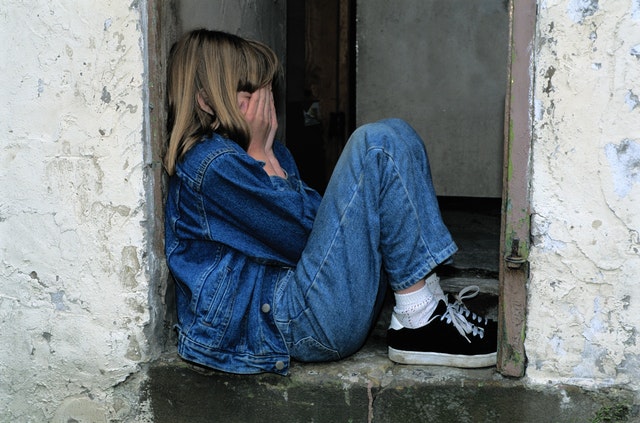An “alarming increase” in child abuse images and videos has been being reported over the past years. In response, Belgium’s Federal Government is allocating an extra €186,000 to help take down these images.
Child Focus, the Foundation for Missing and Sexually Exploited Children, received a record number of 2,147 reports of sexual abuse images of minors via its hotline stopchildporno.be last year – an increase of more than 50% compared to 2019 (1,414). During the lockdown period in 2020, the reports even tripled.
“Every year, we see an increase in the number of reports of images of child sexual abuse on the internet. That is a very disturbing development,” said Federal Justice Minister Vincent Van Quickenborne in a press release.
The competent services try to remove these images from the internet as quickly as possible and to help identify victims and perpetrators. As powerful digital tools such as Arachnid can help them in this regard, the Justice Department is allocating extra resources and investing €186,000, he announced.
Arachnid: detect, take offline and track down perpetrators
Arachnid is an innovative tool that detects and reports abuse images, and is used worldwide by specialised services in the fight against child abuse images. It has already detected 11 million abuse images and had them removed by providers. The tool also makes it possible to better identify victims and pass on the suspects’ data to the competent authorities for prosecution.
“This will increase the capacity tenfold, from analysing 40,000 images annually to 430,000 images annually,” Van Quickenborne said. “This will help them act faster and take the images offline, be more humane by tracing victims and be stricter against the perpetrators.”
Not only can victims and civilians directly report material, with Arachnid scouring the internet for these images, the tool is also able to proactively screen images on both the open and dark web, forums and private chat groups. It scans tens of thousands of potentially problematic images per second.
The images then end up in the so-called “Arachnid Orb”, in which organisations and national services worldwide, such as Child Focus, analyse them. If this shows that the images are in fact sexual abuse images, Arachnid will send a request to the competent authorities of the country concerned to immediately take the images offline.
Related News
- 'Paedo manuals': MEPs call for ban on online distribution of child abuse instructions
- Child trafficking action: 92 underage victims identified and 33 smugglers arrested
- 65% increase in online sexual exploitation since coronavirus crisis, Child Focus finds
According to estimates by Interpol, 19 million abuse images are shared and exchanged on the internet worldwide every day. Yet, perpetrators and victims often remain unknown. In some cases, the sexual abuse images of children continue to circulate even after the perpetrators have already been caught or convicted.
“The removal of online child sexual abuse images is extremely important for the victims. Every time an image is shared or viewed online, they become victims again,” said Child Focus CEO Heidi De Pauw.
Therefore, the foundation does not only want to work reactively, but through innovation and technology to play as proactive a role as possible in the fight against online sexual exploitation of children. “Thanks to this subsidy, we can make a significant difference in this,” she added.

